Unfortunately, it is a part of doing business. Clients are going to dispute invoices from time to time. That is why it is important to establish a dispute management resolution policy and process flow in accounts receivable. Doing so not only helps to maintain healthy cash flow, but also ensures that you get your invoice paid while preserving that client relationship. Here are some tips to help guide your account resolution team.
What is Dispute Management?
Dispute management in accounts receivable is the process of resolving invoice and billing statement discrepancies that arise. These invoice disputes can occur when a client, for whatever reason, decides they should not be responsible to pay an invoice.
If these disputes are not actively managed and resolved quickly, the amounts owed could easily hurt your company’s cash flow. In fact, for many businesses, a significant number of invoice disputes are simply written off as bad debt – often because the problem was not resolved in a timely manner.
See Also: 3 Ways Credit Managers Can Reduce Bad Debt
Types of Invoice Disputes
Some common reasons clients might use to dispute an invoice include:
- A pricing dispute where the invoice amount is different than what the client thought they originally agreed to (whether they are correct or not).
- A dispute over the quality of goods or services that did not meet your client’s expectations.
- Dispute over product that was never received or has not been shipped.
- Administrative errorswhere your finance department either invoiced the wrong amount or delivered the invoice in a way that does not comply the client’s billing instructions.
- Similar to administrative error, the somewhat common double billing dispute arises when a good or service is invoiced twice.
Regardless of whether you or your client is "in the right", your dispute management process flow should be setup to identify, manage, and resolve the issue quickly before that overdue invoice turns into bad debt.
Dispute Management Process Flow
Your accounts receivables collections team usually uncovers disputes only after making contact with a client regarding a past-due invoice. At that point once the dispute is discovered, the client might be referred to someone at your organization that has been assigned to dispute management cases.
From there, it is a good idea to log the dispute into a tracking system and then prioritize the case based on attributes such as the dispute reason, the amount in dispute, and the quality or longevity of the client relationship.
Obviously, the cause for dispute can vary widely, so each company will have a different process of investigating the reason and resolving the issue. But in most cases, the account resolution team will need to pull the necessary data (customer file, invoice, shipping documents, etc.) and possibly communicate with relevant stakeholders like the accounting department or warehouse manager.
Based on the information gathered and validity of the dispute, you will determine how to handle the issue and whether to try and collect in full or in part, refund the customer, or possibly write the debt off. Any or all of these resolutions may require approval.
The final step is to follow up with the customer and communicate the resolution.
How to Automate and Streamline Dispute Management
"Traditional" dispute resolution processes often involve manual, redundant tasks tracked in spreadsheets and hand-written notes that are prone to errors and inefficiencies. That is why companies are using Automated Accounts Receivable Management Software like Collect-IT.
With a powerful AR dashboard, customized collections strategies, and automated payment reminders, Collect-IT not only proactively manages client invoices and payments, it also helps to uncover invoice disputes quickly before they become a problem. And with everything from invoice details and client history, to accounting and credit policies all in one centralized location, your dispute management team will have everything they need to resolve cases quickly.
It is time to automate dispute management in accounts receivable with Collect-IT.









